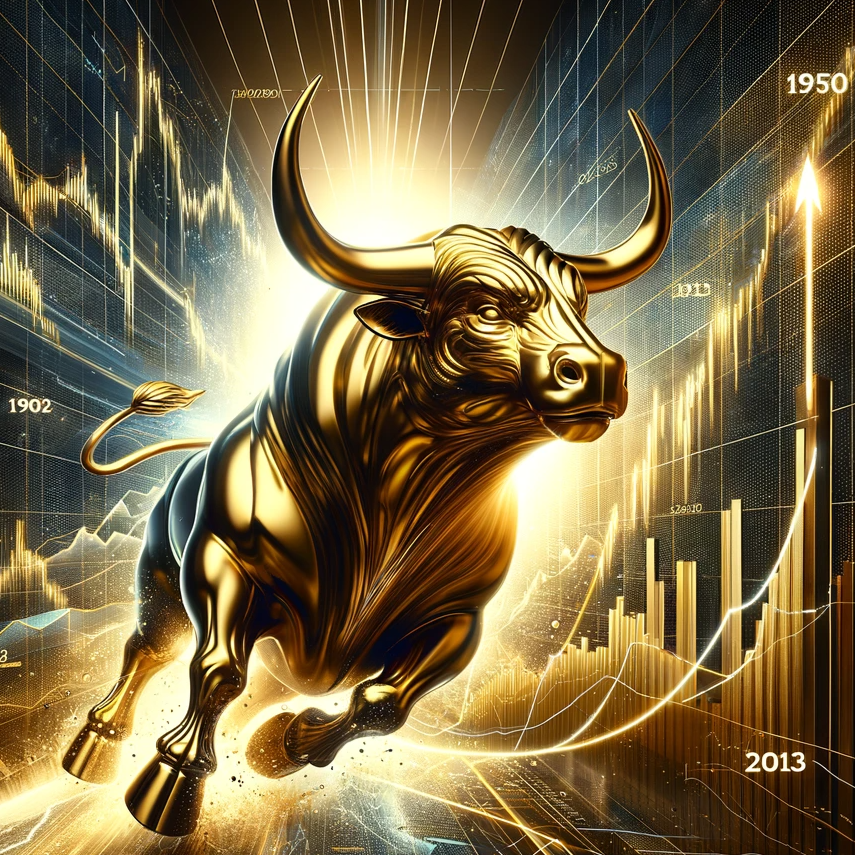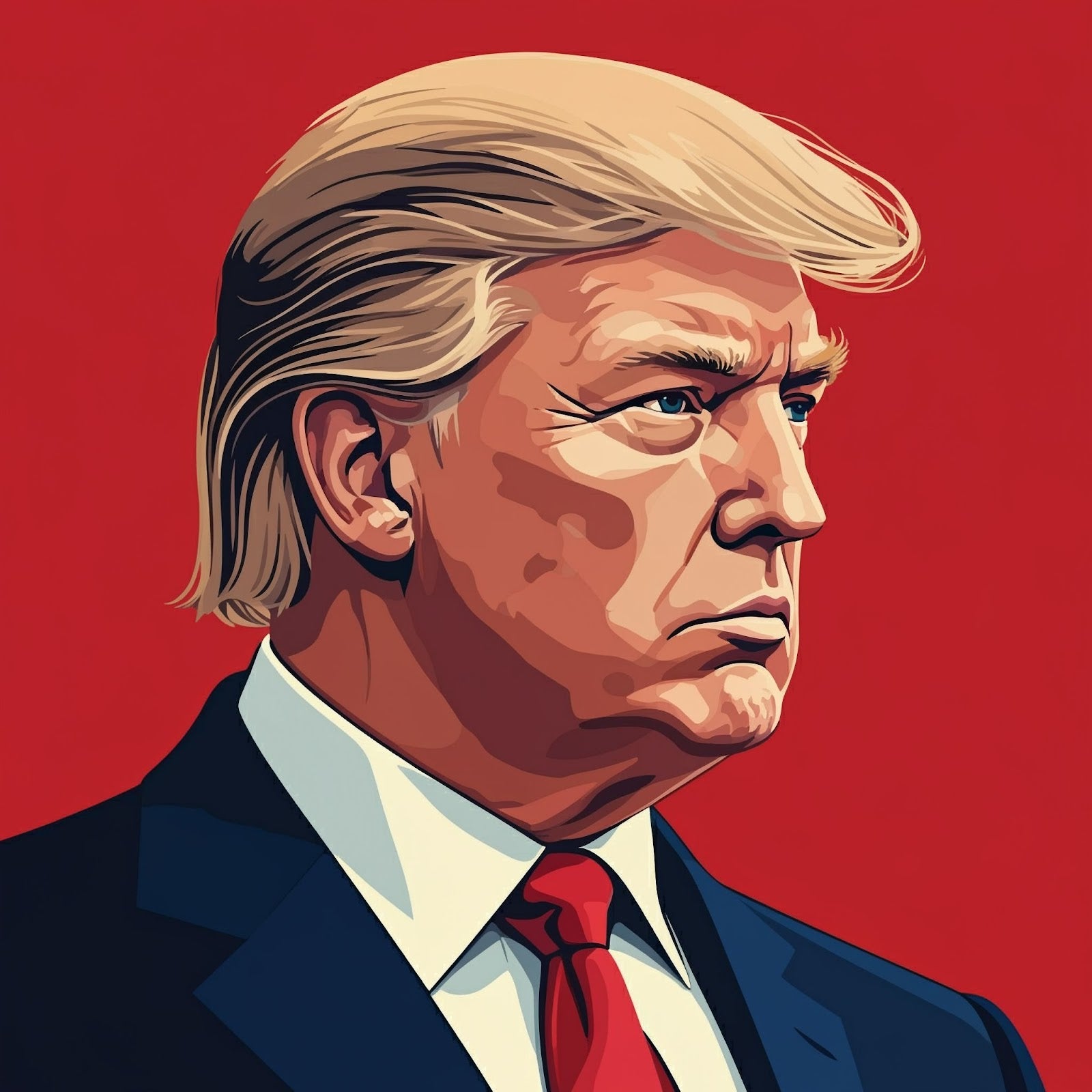Gold is undergoing a remarkable transformation, marking its role as a core pillar in the shifting global financial order. Historically, gold has been sensitive to movements in inflation, interest rates, and the strength of the dollar. However, 2024 has shown a remarkable decoupling from these traditional influences. Instead, the price of gold has weathered unpredictable policy rate expectations, volatile U.S. Treasury yields, decreasing inflation, and currency fluctuations, while also reflecting a profound behavioral trend in China and other emerging economies. Both central banks and private investors in these regions have been purchasing gold at record levels, signalling a shift in how the world’s economies view this precious metal.

At the heart of this trend lies a strategic effort by many central banks to diversify away from the dollar, despite America’s longstanding economic dominance. This shift also hints at an interest in exploring alternatives to the dollar-centered payment system that has shaped the international financial architecture for the past 80 years. As we analyze these developments, gold emerges as more than a simple safe haven; it has become a linchpin in the reconfiguration of global financial power. But what forces are driving this seismic shift, and what does it mean for the future?
Why Is This Happening?
The trend toward increased reliance on gold reflects a broader realignment in the global economic order, with several factors fuelling this shift:
Diminishing Confidence in U.S. Economic Leadership

Many nations are growing wary of the U.S.’s handling of global economics. America’s “economic exceptionalism” has long maintained the dollar as the world’s reserve currency, but recent policy decisions have sown doubt in its long-term stability. Gold is emerging as an alternative safe harbor of value, appealing to countries seeking to distance themselves from potential vulnerabilities tied to dollar reliance.
America’s Weaponization of Economic Tools

Trade tariffs, sanctions, and investment restrictions have been powerful tools in the U.S. economic arsenal, but their extensive use has had unintended consequences. By imposing such measures, the U.S. has strained its role as the architect of a cooperative, rules-based multilateral system, which it originally championed 80 years ago. This shift has prompted other nations to explore alternatives to dollar dependency, with gold providing a viable store of value outside the reach of foreign policy manoeuvres.
Russia and the Potential for a Non-Dollar System

Russia’s resilience amid sanctions, including exclusion from the Swift payment network in 2022, has emboldened other nations to consider non-dollar-based trade and financial systems. Despite stringent international sanctions, Russia has continued to grow economically and trade with key partners, demonstrating the feasibility of sidestepping the dollar. This example has inspired other economies to adopt similar strategies, with gold reserves forming a buffer against potential restrictions on dollar access.
Geopolitical Concerns and the U.S.’s Role in the Middle East

The U.S. has historically played a significant role in global politics, but recent actions in the Middle East have raised concerns among international communities. Perceptions of inconsistent U.S. support for human rights and international law—particularly in the complex, sensitive environment of the Middle East—have sparked calls for greater financial independence. Many nations are now exploring ways to mitigate their reliance on the dollar, and gold has emerged as a crucial component in this pursuit of financial autonomy.
Gold as the Cornerstone of a New Financial Architecture
This confluence of factors has positioned gold as a strategic asset in the drive to build an economic system that reduces reliance on the dollar. Countries looking to bolster their independence from U.S - centered financial structures are turning to gold to protect their wealth and gain economic leverage. As more central banks diversify their reserves and individuals increase their gold investments, the precious metal’s value has reached new heights and is likely to climb further.
Gold’s resilience in this evolving financial landscape highlights its potential to underpin a more multipolar economic order. With the U.S. dollar facing potential competition from emerging reserve assets, the role of gold could become even more significant. Should global economic conditions continue on this path, we may witness a long-term revaluation of gold as the standard of financial stability in an increasingly decentralized global economy.

Gold’s role in the modern financial world extends beyond its historical function as a hedge against inflation or a store of value. Today, gold is at the heart of a new economic order in which countries are actively seeking to reconfigure their financial systems and reduce dollar dependency. As the world watches this development, gold could soar to new heights, representing both an asset of financial stability and a symbol of economic autonomy in an era of geopolitical complexity. As the global financial architecture transforms, the journey of gold from a precious metal to a pillar of economic independence is set to be one of the most fascinating narratives of our time.




Leave a comment
This site is protected by hCaptcha and the hCaptcha Privacy Policy and Terms of Service apply.